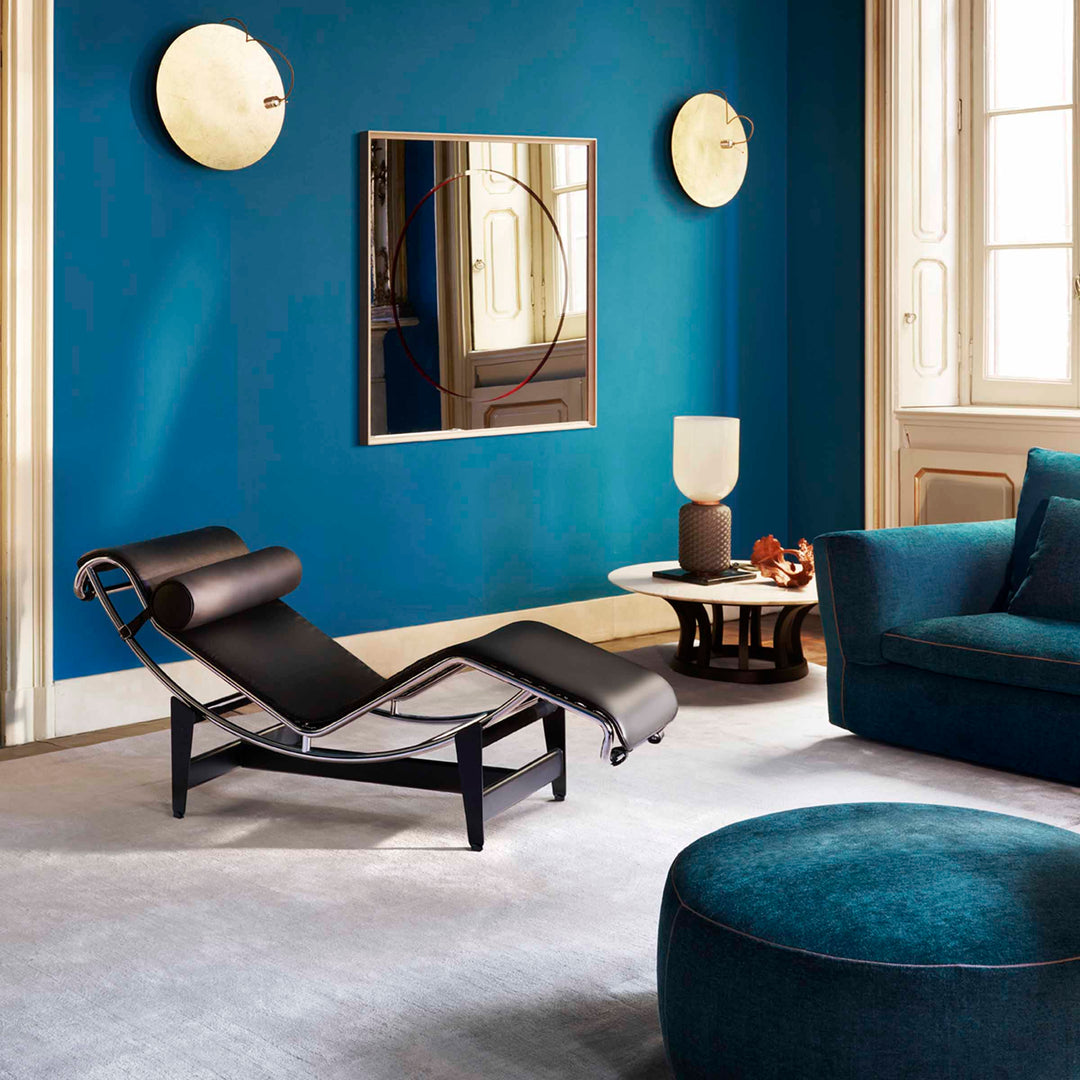LE PROCESSUS DE TANNAGE ITALIEN, PRODUCTIONS CÉLÈBRES DANS LE MONDE ENTIER
par Maria Laura Berlinguer
Le processus de tannage italien, célèbre pour ses productions dans le monde entier
La Toscane, la Vénétie et la Campanie, trois régions italiennes et trois districts qui ont fait du cuir tanné italien une matière première précieuse. Les districts de tannage sont un modèle économique de référence réussi car ils se concentrent dans des zones géographiques spécifiques qui, au fil des années, ont développé des caractéristiques particulières en termes de qualité du produit et de processus de fabrication.
Ils fournissent du cuir pour la chaussure, les sacs, les objets design et la décoration intérieure dans le monde entier.
Le district de tannage le plus renommé est celui de Santa Croce sull'Arno, dans la région de Pise, et Fucecchio, près de Florence.
Dans la région de la Vénétie, la vallée de Chiampo et la Riviera del Brenta sont au cœur de l'industrie de la tannerie Made in Italy, servant de point focal pour des entreprises du monde entier. Enfin, à Avellino et Naples, il existe des centres de tannage spécialisés dans les cuirs de mouton, de chèvre et de petites peaux pour l'habillement, la chaussure et d'autres produits.
Un art ancien modernisé.
Il y a principalement deux raisons pour lesquelles le secteur italien de la tannerie est si particulier : l'engagement environnemental remarquable et la capacité créative en matière de design stylistique. Ces dernières années, les entreprises italiennes ont investi dans la promotion de l'économie circulaire, réduisant et valorisant les déchets issus de l'industrie de la tannerie.
Capables de suivre une solide tradition esthétique pour leurs créations, les stylistes et designers italiens ont toujours excellé dans l'utilisation du cuir pour créer des objets de grande valeur artistique et commerciale.

Cuir et camées, quand les bijoux deviennent uniques.
Un exemple de la fusion parfaite entre innovation et tradition culturelle est bien représenté par les bijoux d'Anna Porcu, où le cuir italien met en valeur des ornements anciens tels que les camées. La créatrice vient d'une famille toscane d'antiquaires bien connue et, grâce à ses études historiques et sa sensibilité pour l'art antique, elle consacre beaucoup de temps à la recherche de camées du XIXe siècle à intégrer dans ses magnifiques créations. Les colliers et bracelets choisis par Design Italy sont des œuvres d'art montées sur cuir qui donnent une nouvelle vie aux camées anciens grâce à une structure innovante et contemporaine. L'or, l'argent et les pierres semi-précieuses sertis par des orfèvres et artisans toscans expérimentés composent une combinaison inédite avec le cuir, donnant naissance à des bijoux étonnamment à la mode.
Célébrer le corps féminin avec un accessoire en cuir
Fondée par Irene De Caprio et Enzo Pirozzi, la marque 0770 a vu le jour dans les environs de Naples, permettant aux créateurs de s'appuyer sur des productions artisanales, notamment la couture à la main, pour célébrer l'essence de la féminité. Les colliers et bracelets conçus avec des techniques et formes anciennes sont ornés de détails sophistiqués, capables de surprendre et d'émerveiller. Pirozzi et De Caprio sont fascinés par les arts tribaux et par l'impact psychologique de l'art : un effet que chacune de leurs créations est capable de provoquer.
Portefeuilles et pochettes, le cuir italien à l'honneur
Cristiana Pellegrino et Giovanna Cascella, fondatrices de BEBLASÉ ®, sont les fières créatrices de sacs désenchantés mais enchanteurs dont Design Italy propose une sélection transformable.
Pourquoi BEBLASÉ? Blasé est l'adjectif français équivalent à « désenchanté », un terme qui décrit bien l'idée derrière cet accessoire nécessaire et essentiel : le sac. Avec un seul objet, produit avec le cuir italien le plus précieux et un savoir-faire artisanal, Pellegrino et Cascella offrent la possibilité de « combiner deux situations, deux tenues, deux humeurs ». Qu'il s'agisse d'un sac à main ou d'un sac pour ordinateur portable, il suffit d'un simple geste pour changer de look. La reine Elizabeth n'est pas la seule à exprimer ses humeurs avec un sac à main.
















